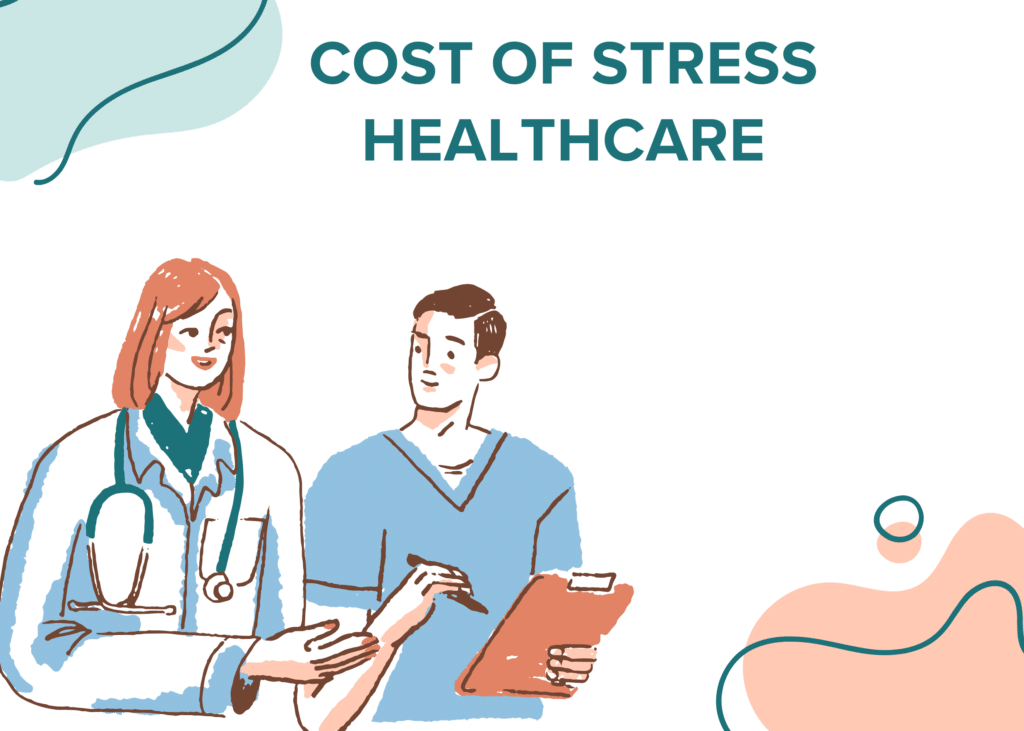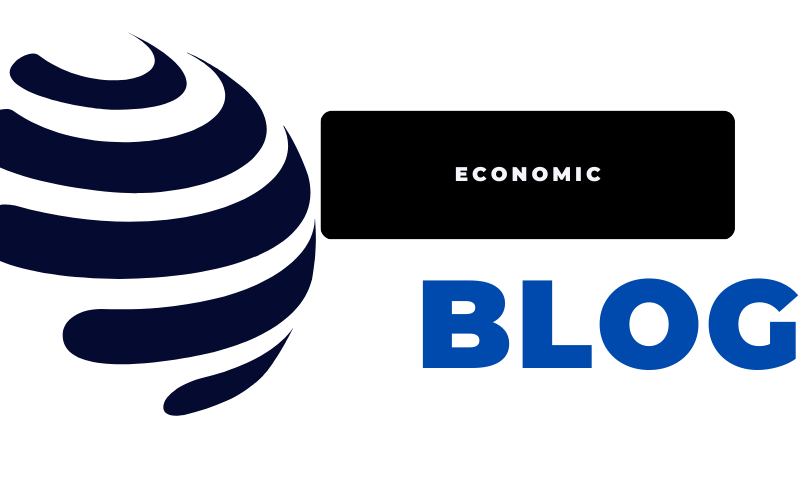Which behavior is an economic cost of stress is an inevitable part of life that can motivate us to succeed at times. However, chronic stress has been called the “health epidemic of the 21st century” by the World Health Organization. It can have detrimental effects on both physical and mental health if left unmanaged. Stress is not just an individual concern – it also directly impacts businesses’ bottom lines. Workplace stress has significant economic costs due to its effects on productivity, absenteeism, employee turnover, healthcare expenses, and more.
Which behavior is an economic cost of stress is a huge concern for employers. Surveys have found that up to 80% of employees feel stressed at work. The economic costs of workplace stress are staggering. Stress-related problems account for up to $300 billion per year in the United States, when considering factors like accidents, absenteeism, employee turnover, lowered productivity, direct medical costs, and legal costs.
Which strategy is an effective way to manage stress?
An effective strategy Which behavior is an economic cost of stress to manage stress includes:
- Regular Exercise: Physical activity can help improve sleep and release endorphins, which are natural stress relievers.
- Healthy Lifestyle Choices: This includes eating a balanced diet, getting enough sleep, and avoiding excessive alcohol and caffeine.
- Relaxation Techniques: Practices such as meditation, deep breathing, and guided imagery can help reduce stress.
- Time Management: Learning to manage time effectively, setting limits, and saying no to excessive demands can help reduce stress.
- Social Support: Spending time with loved ones and seeking support from others can help in managing stress.
It’s important to find the strategies that work best for you, as stress management is not one-size-fits-all.
which effect of reduced stress is a social benefit?
Social Support: Research shows that people with high levels of social support are more resilient in stressful situations. They have a lower perception of stress and a reduced physiological response to stress. Social support networks provide comfort during unbearable stress and strong relationships can improve mood, outlook, and preserve mental well-being. Therefore, the social benefit of reduced stress is the strengthening of social support networks.
which source of stress at school would most likely
The most likely source of stress at school is academic pressure. According to a study by the American Psychological Association, about 83% of teens identify school itself as a major stressor, with concerns such as academic performance, college applications, and tests contributing to this stress. Additionally, the pressure to perform well in academics, including the anxiety of getting into a good college, is a common trigger of stress for high school students. Other sources of stress at school may include peer pressure, interpersonal relationships, body image issues, and lack of support.

Which behavior is an economic cost of stress Healthcare
Left unchecked, chronic stress takes a staggering toll on physical health as well. Stressed employees have increased risk for:
- Cardiovascular disease
- Gastrointestinal issues
- Weight gain
- Insomnia
- Depression
- Anxiety
- Headaches
- Muscle pain
Employers bear significant costs for healthcare expenses when employees are overstressed. Investing in stress management and mental health support has been shown to reduce healthcare expenditures and enhance wellness.
What Employers Can Do
Thankfully, evidence-based strategies exist to create psychologically healthier workplaces. Wise investments in stress management can pay off in the form of lower healthcare costs, less absenteeism, reduced turnover, and increased productivity. Here are some best practices:
- Provide stress management training to build employees’ resilience through techniques like mindfulness, breathing exercises, and cognitive reframing.
- Offer mental health benefits like an employee assistance program or access to counseling or therapy.
- Encourage work-life balance through generous time-off policies and flexibility.
- Set reasonable workloads that do not demand excessive hours.
- Train managers on strategies to recognize and reduce workplace stressors.
- Promote social connections and foster inclusivity to provide a sense of community.
- Simplify or streamline workflows to reduce unnecessary stressors.
- Allow for movement breaks, meditation spaces, and other wellness practices during the workday.
- Communicate openly and show genuine care for employees’ wellbeing.
Conclusion: Which behavior is an economic cost of stress
Workplace stress exacts a high price on employers in terms of lowered engagement, lost productivity, absenteeism, high healthcare costs, and turnover. However, much can be done to create a psychologically safe work environment. Reducing workplace stressors and giving employees tools to build resilience can transform a toxic culture of anxiety into one of empowerment and human-centered values. Wise investments in evidence-based stress management strategies have been shown to provide an excellent return on investment in both human and economic terms.












finance and economics